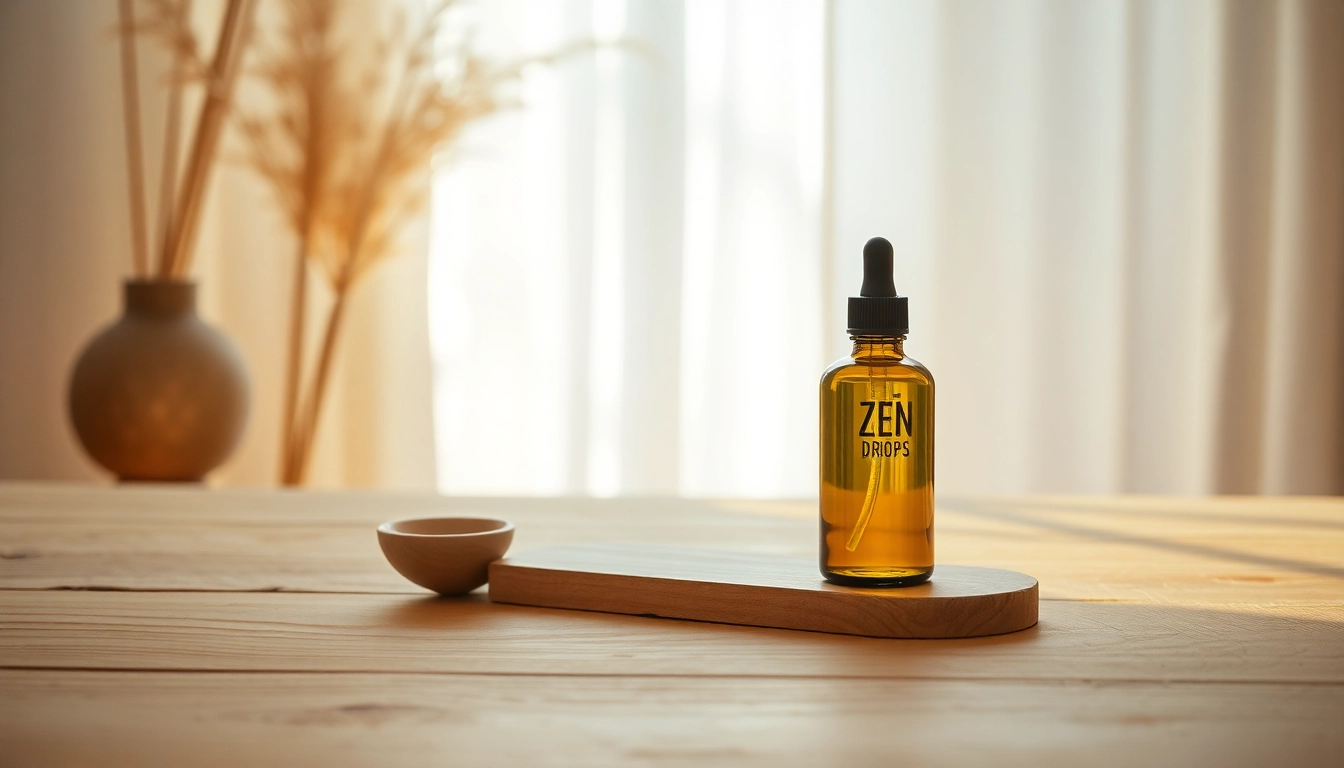Understanding Anxiety and Its Impact on Daily Life
Anxiety is a common emotional response that many people experience in various forms. While it can stem from stressors such as work, relationships, or health concerns, an overwhelming sense of anxiety can hinder daily functioning. Understanding how to navigate this complex emotion is crucial for leading a fulfilling life. In this comprehensive guide to dealing with anxiety, we will explore the nature of anxiety, practical techniques for management, support systems available, lifestyle adjustments that can help, and long-term strategies for building resilience.
Defining Anxiety: Types and Symptoms
Anxiety encompasses various disorders characterized by excessive fear and worry. Here are the primary types:
- Generalized Anxiety Disorder (GAD): Chronic worry about everyday issues such as health, finances, and relationships.
- Panic Disorder: Recurring panic attacks, which include sudden feelings of terror that prompt physical symptoms like heart palpitations.
- Social Anxiety Disorder: An intense fear of social situations, leading to avoidance or distress during interactions.
- Specific Phobias: An irrational fear of a specific object or situation, resulting in significant distress or avoidance behavior.
Common symptoms of anxiety can include restlessness, fatigue, difficulty concentrating, irritability, muscle tension, and sleep disturbances. Recognizing these signs is a fundamental step toward effective management.
The Physical and Emotional Effects of Anxiety
Anxiety has profound physical effects on the body. The fight-or-flight response is triggered in situations of stress, leading to an increase in heart rate, blood pressure, and the release of stress hormones. Over time, chronic anxiety can contribute to serious health issues, such as cardiovascular problems, gastrointestinal disorders, and weakened immune response.
Emotionally, anxiety can lead to feelings of hopelessness, loneliness, and frustration. It can be isolating, affecting relationships and one’s overall quality of life. Understanding how anxiety manifests physically and emotionally can aid in its management.
Common Challenges in Dealing with Anxiety
Individuals facing anxiety often encounter several challenges that can perpetuate their condition:
- Stigma: The social stigma surrounding mental health can deter individuals from seeking help.
- Misunderstanding of Symptoms: Many might misinterpret anxiety symptoms as mere overreactions or a lack of resilience.
- Lack of Resources: Not having access to mental health resources can leave individuals feeling trapped.
- Ineffective Coping Mechanisms: Some may turn to unhealthy coping mechanisms such as substance abuse, which can exacerbate anxiety symptoms.
Addressing these challenges is crucial for effective anxiety management.
Practical Techniques for Managing Anxiety
Mindfulness and Meditation for Calming the Mind
Mindfulness practices—including meditation, yoga, and tai chi—can be essential tools in managing anxiety. These techniques focus on bringing one’s attention to the present moment, reducing stress by minimizing rumination on past or future events.
Research shows that mindfulness-based therapies can decrease anxiety significantly. To begin a mindfulness practice:
- Set aside at least 10 minutes a day for mindfulness meditation.
- Find a quiet space and sit comfortably.
- Focus on your breath, observing each inhalation and exhalation without judgment.
- If your mind wanders, gently redirect your focus back to your breath.
Breathing Exercises: A Simple Approach to Reduce Anxiety
Breathing exercises can help counteract the physical symptoms of anxiety. By intentionally regulating breath, individuals can trigger the relaxation response in the body. One effective technique is the 4-7-8 breathing method:
- Inhale deeply through your nose for a count of 4.
- Hold your breath for a count of 7.
- Exhale slowly through your mouth for a count of 8.
Repeat this process for four cycles to facilitate relaxation and clarity.
The Benefits of Regular Physical Activity
Engaging in regular physical activity can significantly reduce anxiety levels. Exercise stimulates the production of endorphins, which are chemicals in the brain that enhance mood and promote feelings of well-being. Activities such as walking, jogging, swimming, or yoga can be particularly effective. Aim for at least 150 minutes of moderate aerobic activity each week to reap the mental health benefits.
Building a Support System for Anxiety Management
The Role of Friends and Family in Supporting You
Having a solid support system is instrumental in managing anxiety. Friends and family can offer understanding, encouragement, and distraction when needed. Engaging openly with loved ones about your anxiety can demystify the experience and foster a sense of connection and empathy. Encourage your loved ones to participate in your coping strategies, whether that’s joining you for a walk or practicing mindfulness together.
Professional Help: When to Seek Therapy or Counseling
Sometimes, the best course of action is to seek professional help. Mental health professionals, such as psychologists and counselors, can offer tailored strategies for managing anxiety. Therapeutic approaches like Cognitive Behavioral Therapy (CBT) have shown effectiveness in treating anxiety disorders by helping individuals identify and challenge negative thoughts and behaviors.
If anxiety leads to significant impairment in daily functioning, it may be time to consult a professional. Remember, seeking help is a sign of strength, not weakness.
Online Resources and Support Groups
Online platforms provide access to a wealth of resources, including therapy apps, forums, and support groups. Websites like the Anxiety and Depression Association of America (ADAA) and the National Alliance on Mental Illness (NAMI) provide information and support for those dealing with anxiety. Participating in online support groups can foster a sense of community and provide opportunities for sharing coping strategies and experiences.
Lifestyle Adjustments to Alleviate Anxiety
Nutrition and its Role in Mental Health
The food we consume plays a crucial role in our mental health. A balanced diet rich in whole grains, fruits, vegetables, lean proteins, and healthy fats can contribute to a stable mood. Certain foods, such as those high in omega-3 fatty acids (like fish and flaxseeds), have been shown to help reduce anxiety. It’s vital to be mindful of potential food triggers, as caffeine and sugar can exacerbate anxiety symptoms.
Establishing a Healthy Sleep Routine
Sleep is fundamental for mental wellness. Poor sleep can worsen anxiety, creating a vicious cycle that can be hard to break. Establishing a calming bedtime routine can improve sleep quality. Strategies may include:
- Maintaining a consistent sleep schedule.
- Avoiding screens for at least an hour before bed.
- Creating a restful sleep environment.
- Engaging in calming activities before bed, such as reading or gentle stretching.
Limiting Caffeine and Alcohol Intake
Both caffeine and alcohol can have adverse effects on anxiety levels. Caffeine, present in coffee and energy drinks, can induce feelings of nervousness and jitteriness. Conversely, while alcohol may initially seem calming, it can disrupt sleep and worsen anxiety in the long run. Monitoring and reducing intake of these substances can benefit mental health significantly.
Long-Term Strategies and Mindset Shifts
Developing Resilience and Coping Skills
Resilience is the ability to bounce back from adversity, and it plays a key role in managing anxiety. Building resilience involves developing coping skills that enable individuals to face challenges with strength and confidence. Practical strategies might include keeping a gratitude journal, practicing positive affirmations, and learning to view challenges as opportunities for growth rather than threats.
Setting Realistic Goals for Your Mental Health Journey
It’s essential to set achievable and realistic goals on your journey toward better mental health. Goals should be specific, measurable, attainable, relevant, and time-bound (SMART). This structured approach not only provides direction but also instills a sense of accomplishment as you achieve each milestone, contributing to increased confidence and reduced anxiety.
Embracing Self-Compassion in the Process of Healing
Lastly, embracing self-compassion is vital in dealing with anxiety. Individuals often find themselves caught in a cycle of self-criticism, which can amplify feelings of inadequacy. Practicing self-compassion involves treating oneself with the same kindness and understanding that one would offer to a friend in distress. This can lead to a more positive relationship with oneself and, by extension, mitigate anxiety symptoms.



